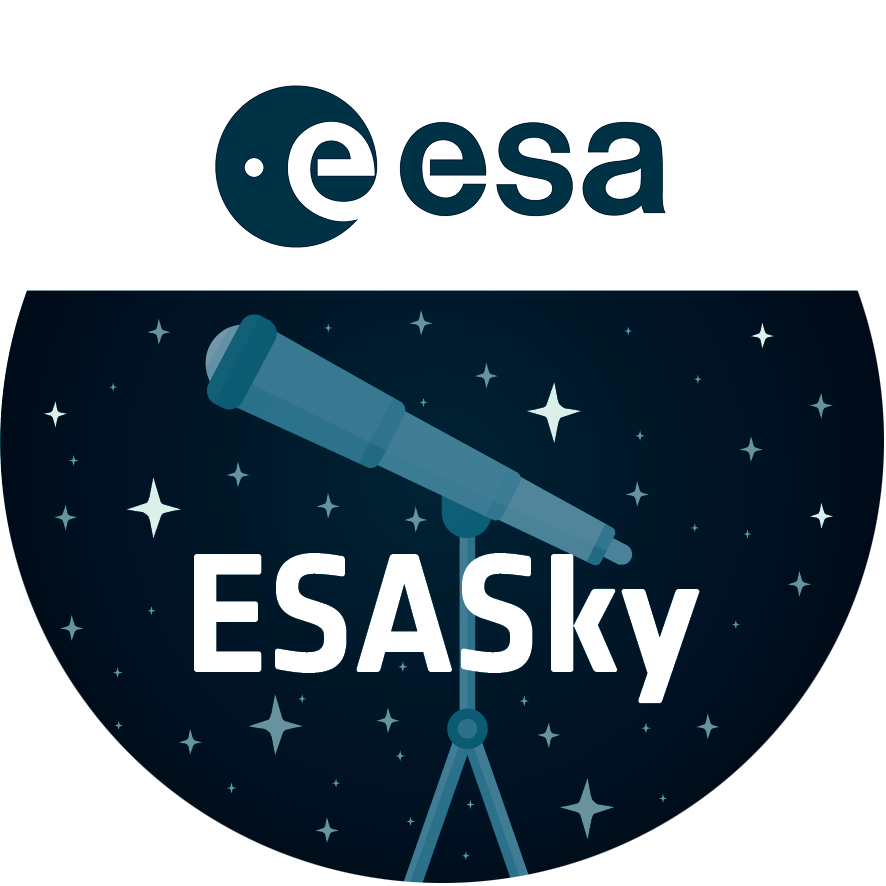Galactic Waterspout
In this spectacular image captured by the NASA/ESA Hubble Space Telescope, the galaxy NGC 2799 (on the left) is seemingly being pulled into the centre of the galaxy NGC 2798 (on the right).
Interacting galaxies, such as these, are so named because of the influence they have on each other, which may eventually result in a merger or a unique formation. Already, these two galaxies have seemingly formed a sideways waterspout, with stars from NGC 2799 appearing to fall into NGC 2798 almost like drops of water.
Galactic mergers can take place over several hundred million to over a billion years. While one might think the merger of two galaxies would be catastrophic for the stellar systems within, the sheer amount of space between stars means that stellar collisions are unlikely and stars typically drift past each other.
Credit:ESA/Hubble & NASA, SDSS, J. Dalcanton
Acknowledgement: Judy Schmidt (Geckzilla)
About the Image
| Id: | potw2042a |
|---|---|
| Type: | Observation |
| Release date: | 19 October 2020, 06:00 |
| Size: | 3657 x 3409 px |
About the Object
| Name: | Arp 283, NGC 2798, NGC 2799 |
|---|---|
| Type: | Local Universe : Galaxy : Type : Interacting |
| Constellation: | Lynx |
| Category: | Galaxies |
Wallpapers
Coordinates
| Position (RA): | 9 17 26.02 |
|---|---|
| Position (Dec): | 41° 59' 56.72" |
| Field of view: | 3.05 x 2.84 arcminutes |
| Orientation: | North is 13.5° right of vertical |
Colours & filters
| Band | Wavelength | Telescope |
|---|---|---|
| Optical g | 477 nm |
Hubble Space Telescope
ACS |
| Optical r | 624 nm |
Hubble Space Telescope
ACS |
| Optical i | 764 nm |
Hubble Space Telescope
ACS |


